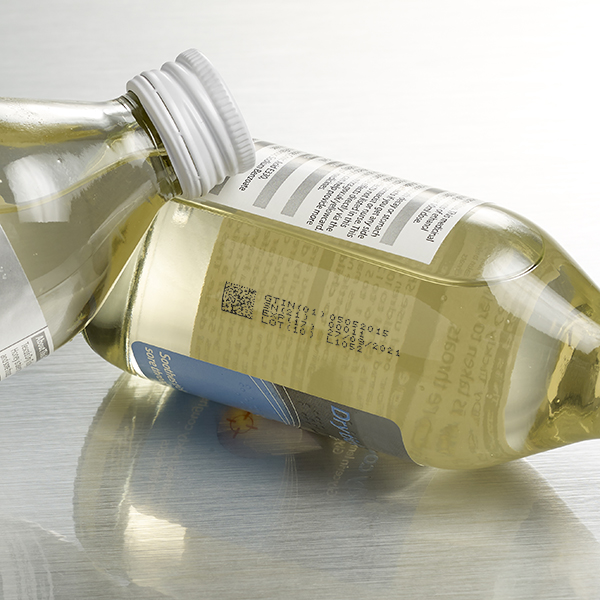Are there any figures showing the level of pharmaceutical counterfeiting in Europe and worldwide?
The global turnover of medicines in 2011 was $880 billion and according to the World Health Organisation (WHO) up to 15% of which was counterfeit. Other industry bodies value the counterfeit medicine trade at approximately €75 million, largely confirming the WHO figures. The fact is that over the last 6 years there has been a rise of 92% in the falsification of human medicine. Last year alone 11 billion products were intercepted at the EU borders. Whilst Europe has not been affected as much as other parts of the world, with the percentage of counterfeit product in Europe below the global average of 15%, industry can no longer deny that this has become a significant and in some cases severe problem for public health.
What major changes for the pharmaceutical industry does the Falsified Medicines Directive bring?
The greatest change is the move from batch level identification to identification at unit of sale, effectively a ‘batch of one’. Every pack of medicines will have to be marked with a unique serial number; this number must be non-predictive and have both human readable and machine readable information. The complexity increasesbecause each serial number has to be registered with a pan European database, allowing pharmacies, hospitals and potentially consumers, to check the medicines authenticity, right before the drug is administrated.
If a typical production line handles 100 to 350 products per minute, the challenge is whether current production lines are capable of printing up to 350 unique codes per minute. Most importantly however is whether the manufacturers existing IT-systems can handle the huge volumes of data that will be generated. As a unique serial number must printed onto every single carton, on every single production line, across every European site (or every global site if exporting into Europe) the manufacturer has to ensure each number is captured electronically. It is the view of the industry that exactly how this information finally ends up in the European database will be the biggest challenge pharmaceutical companies will face over the next 3-5 years. A lost code is a lost product and a loss of money.
Who will be affected?
All companies that produce prescription medicines for the European market, including generic manufacturers, contract packers, re-packers and companies that import prescription medicines into the EU. Over the counter (OTC) products are not affected at this stage but it is likely that the directive will broaden to include these products at a later date.

What changes does the directive bring in terms of packaging?
The requirement for ‘safety features’ signals a change for most manufacturers. This requirement is largely being interpreted as serialisation at unit of sale and some form of tamper evidence. Whilst a serialised code on each unit of sale is a good way of verifying product identity, used in conjunction with tamper evident labels forexample product authenticity can be verified with a level of certainty. Therefore tamper evident labelling or other tamper evidence technology will be an equally important part of this new legislation.
What are the key points companies need to consider when selecting a coding partner?
Printing 2D codes is not just a matter of having the best coding equipment, although it goes a long way, but it is about looking at compliance in a holistic way. Throughout the years Domino has built up a lot of experience in this sector working very closely with the largest pharmaceutical manufacturers, Original Equipment Manufacturers and industry organisations. Besides a printer that will produce perfect codes at top level speeds, printing a good 2D code also involves an accurate vision system and robust IT-systems, furthermore the packaging machines and more specifically the way these machines handle the boxes have to be carefully chosen. Printing A-grade codes also requires the right packaging material and Domino undertakes research in this area so as to advise customers how to achieve the best grade. Domino also has an in-house team of physicists and chemists who research and developed new ink especially for this sector and with the demands of high-speedserialisation in mind.
What advice would you give to manufacturers?
If not already start a pilot project as soon as possible, waiting for the delegated acts to be published is not a viable option given the legislative deadline. Start working with vendors now and remember that there is no ‘silver bullet’, compliance will require manufacturers to assemble a consortium of vendors.